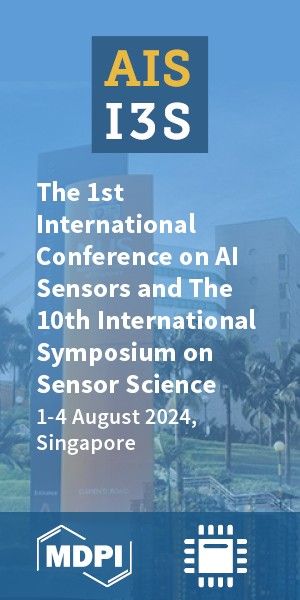Article
Version 6
This version is not peer-reviewed
Note for the P versus NP problem (II)
Version 1
: Received: 24 September 2024 / Approved: 25 September 2024 / Online: 26 September 2024 (07:44:40 CEST)
Version 2 : Received: 27 September 2024 / Approved: 27 September 2024 / Online: 29 September 2024 (11:14:57 CEST)
Version 3 : Received: 29 September 2024 / Approved: 30 September 2024 / Online: 30 September 2024 (15:17:45 CEST)
Version 4 : Received: 4 October 2024 / Approved: 4 October 2024 / Online: 5 October 2024 (16:41:44 CEST)
Version 5 : Received: 5 October 2024 / Approved: 6 October 2024 / Online: 7 October 2024 (11:25:31 CEST)
Version 6 : Received: 1 November 2024 / Approved: 1 November 2024 / Online: 4 November 2024 (03:49:25 CET)
Version 2 : Received: 27 September 2024 / Approved: 27 September 2024 / Online: 29 September 2024 (11:14:57 CEST)
Version 3 : Received: 29 September 2024 / Approved: 30 September 2024 / Online: 30 September 2024 (15:17:45 CEST)
Version 4 : Received: 4 October 2024 / Approved: 4 October 2024 / Online: 5 October 2024 (16:41:44 CEST)
Version 5 : Received: 5 October 2024 / Approved: 6 October 2024 / Online: 7 October 2024 (11:25:31 CEST)
Version 6 : Received: 1 November 2024 / Approved: 1 November 2024 / Online: 4 November 2024 (03:49:25 CET)
How to cite: Vega, F. Note for the P versus NP problem (II). Preprints 2024, 2024092053. https://doi.org/10.20944/preprints202409.2053.v6 Vega, F. Note for the P versus NP problem (II). Preprints 2024, 2024092053. https://doi.org/10.20944/preprints202409.2053.v6
Abstract
The P versus NP problem is a cornerstone of theoretical computer science, asking whether problems that are easy to check are also easy to solve. "Easy" here means solvable in polynomial time, where the computation time grows proportionally to the input size. While this problem's origins can be traced to John Nash's 1955 letter, its formalization is credited to Stephen Cook and Leonid Levin. Despite decades of research, a definitive answer remains elusive. Central to this question is the concept of NP-completeness. If even one NP-complete problem could be solved efficiently, it would imply that all problems in NP could be solved efficiently, proving P equals NP. This research proposes that Partition into Triangles, a notoriously difficult NP-complete problem, can be solved efficiently, thereby potentially establishing the equivalence of P and NP. This work is an expansion and refinement of the article "Note for the P versus NP problem", published in IPI Letters.
Keywords
Complexity classes; Boolean formula; Graph; Completeness; Polynomial time
Subject
Computer Science and Mathematics, Data Structures, Algorithms and Complexity
Copyright: This is an open access article distributed under the Creative Commons Attribution License which permits unrestricted use, distribution, and reproduction in any medium, provided the original work is properly cited.
Comments (0)
We encourage comments and feedback from a broad range of readers. See criteria for comments and our Diversity statement.
Leave a public commentSend a private comment to the author(s)
* All users must log in before leaving a comment








